Chinese Lantern Plant
- October 30, 2023
- 0 comment
The Chinese Lantern Plant, scientifically known as Physalis alkekengi, is a captivating and unique perennial plant that hails from the Solanaceae family. It is celebrated for its ornamental value, particularly its vivid, papery lantern-like structures that encase its small, round fruit.
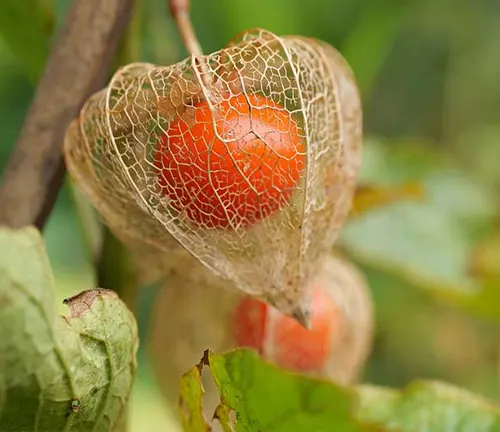
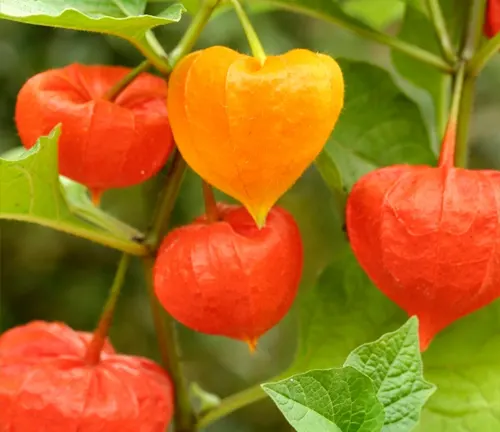
Native to regions of Asia and Europe, this plant is cherished for its distinctive appearance, with bright orange to red lanterns that dangle gracefully from the stem, often in late summer and autumn. While its lantern-like husks are the star attraction, the Chinese Lantern Plant also boasts lush green foliage and delicate white flowers.
In addition to its visual appeal, this plant has been utilized in traditional medicine for its purported anti-inflammatory and diuretic properties. It’s a favorite among gardeners for adding a touch of whimsy to their landscapes and can be dried for long-lasting decorative use, making it a popular choice for seasonal arrangements and crafts.
| Characteristics | Description |
| Scientific Name | Physalis alkekengi |
| Family | Solanaceae |
| Plant Type | Perennial |
| Native Range | Asia and Europe |
| Mature Height | 1 to 2 feet (30 to 60 cm) |
| Foliage | Green, lance-shaped leaves |
| Flowers | Small white flowers with a yellow center |
| Fruit | Papery orange to red lantern-like structures enclosing small fruit |
| Bloom Time | Late summer to autumn |
| Light Requirements | Full sun to partial shade |
| Soil Requirements | Well-draining soil |
| Hardiness Zones | 3 to 9 (varies by species) |
| Watering | Moderate, allowing soil to dry between waterings |
| Maintenance | Low; prune to control spreading |
| Uses | Ornamental, dried for decorative purposes, traditional medicine |
| Special Features | Unique lantern-like seed pods, attractive in seasonal arrangements and crafts |
Botanical Beauty of “Chinese Lantern Plant”
The “Chinese Lantern Plant,” scientifically known as Physalis alkekengi, is a botanical marvel that has captured the hearts of gardeners and nature enthusiasts alike. Its captivating appearance distinguishes it from the ordinary, making it a standout in any landscape. Known for its unique lantern-like seed pods and delicate white flowers, this perennial plant adds an air of mystique to gardens. These lanterns, often orange or red, are its most striking feature, providing an enchanting contrast against the lush green foliage. The allure of the Chinese Lantern Plant lies not only in its visual appeal but also in its ecological significance, cultivation methods, and a host of other interesting facets that make it a truly remarkable botanical specimen.
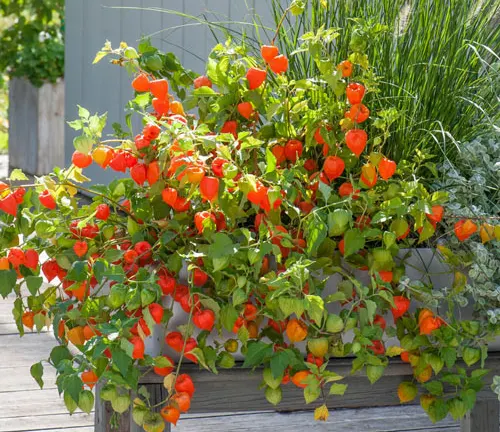
Woodland Elegance
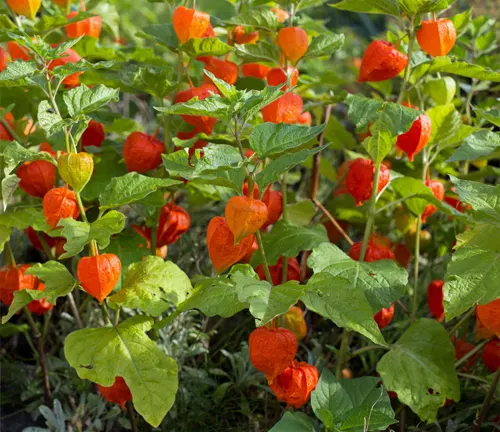
The Chinese Lantern Plant thrives in woodlands and shady areas, enhancing the understory with its elegant presence. This plant’s preference for partial shade lends an ethereal quality to woodland gardens, where dappled sunlight filters through the canopy to illuminate its lantern-like seed pods. The interplay of light and shadow on its papery husks creates a mesmerizing spectacle, truly a sight to behold in a tranquil woodland setting.
Ecological Importance
Beyond its ornamental charm, the Chinese Lantern Plant serves a vital ecological role. It provides food and habitat for various wildlife, including birds and insects. The small, round fruit within its lantern-like pods is a source of nourishment for birds, while its foliage shelters insects. These interactions underscore its contribution to local ecosystems, making it a valuable addition to wildlife-friendly gardens.
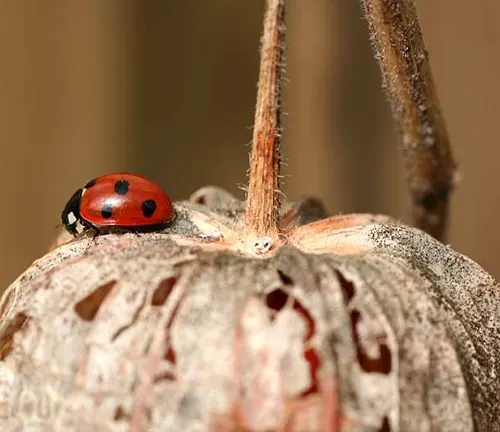
Cultivation and Conservation
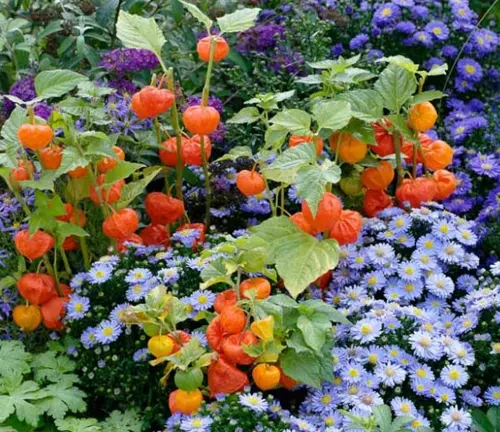
Cultivating the Chinese Lantern Plant is a gratifying endeavor for gardeners, thanks to its relatively low maintenance requirements. It thrives in well-draining soil and can adapt to various climates, falling within hardiness zones 3 to 9. However, this adaptability does not diminish the importance of conservation efforts. Some species of Physalis alkekengi face habitat loss and over-harvesting in the wild. As responsible gardeners, it’s essential to source seeds or plants from reputable sources to ensure the continued well-being of this stunning species.
Fragrance
While the Chinese Lantern Plant is not particularly known for its fragrance, its presence can still enhance the olfactory experience of a garden. As you walk by, the delicate aroma of the surrounding flora is often accentuated by the sight of these lantern-like pods, creating a multisensory delight in the garden.
Soil Stabilization
The roots of the Chinese Lantern Plant play a role in soil stabilization. Their network helps prevent soil erosion, making it a valuable addition to gardens in regions prone to erosion. Beyond its beauty, this plant contributes to the overall health and stability of the landscape.

Common Uses

Aside from being a garden centerpiece, the Chinese Lantern Plant has a range of practical applications. Its dried lanterns are popular choices for seasonal decorations, such as autumn and Halloween arrangements. Craft enthusiasts also find creative ways to incorporate these unique structures into their projects. The plant’s utility extends beyond the garden, turning it into a versatile asset for home décor and crafts.
Benefits
The Chinese Lantern Plant offers numerous benefits to both the environment and human creativity. Its ornamental value enhances gardens and woodlands, while its ecological importance supports local wildlife. Cultivation practices and responsible sourcing ensure its conservation. Its subtle fragrance and soil stabilization capabilities add additional layers of value. Moreover, the diverse uses of its distinctive lanterns allow it to bridge the gap between the natural world and human creativity, making it a beloved botanical treasure.
Different Species
Physalis peruviana
(Cape Gooseberry)
This species is native to South America and is known for its edible golden-orange fruit enclosed in a papery husk. It’s commonly grown for its fruit, which has a sweet-tart flavor and is used in culinary dishes.
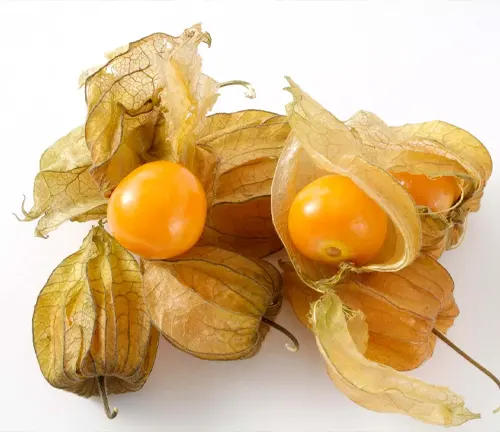
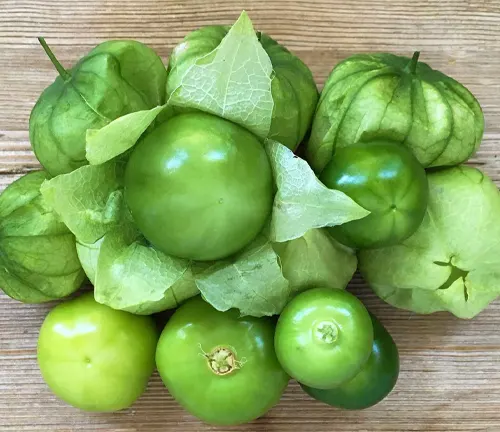
Physalis philadelphica
(Tomatillo)
Tomatillo is a species of Physalis that produces small, green, or purple fruit encased in a papery husk. It’s a staple in Mexican cuisine, often used to make salsa verde.
Physalis ixocarpa
(Mexican Husk Tomato)
Similar to tomatillo, this species produces green, tangy fruit used in Mexican dishes. It is often confused with tomatillo but has some botanical distinctions.
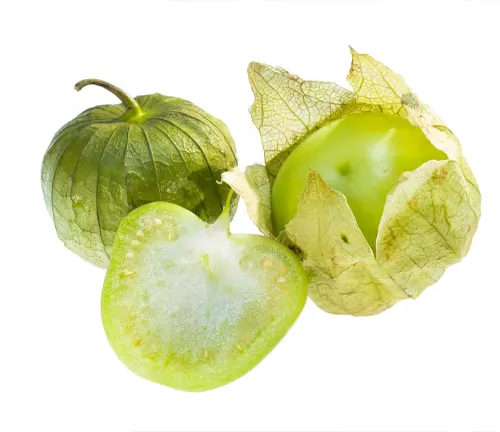
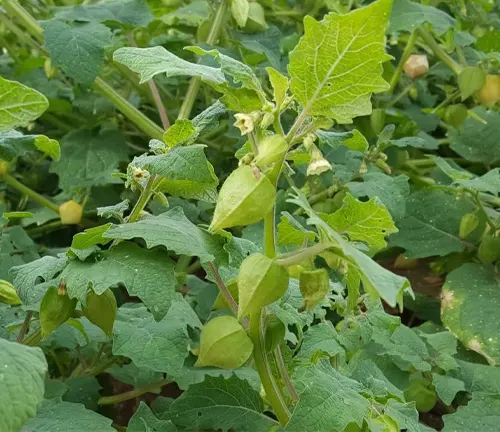
Physalis heterophylla
(Clammy Groundcherry)
This North American native species features small, edible fruits and is named for the glandular, sticky texture of its leaves.
Physalis angulata
(Cutleaf Groundcherry)
This annual plant has small yellow fruit enclosed in papery husks and is sometimes considered a weed in agricultural settings.
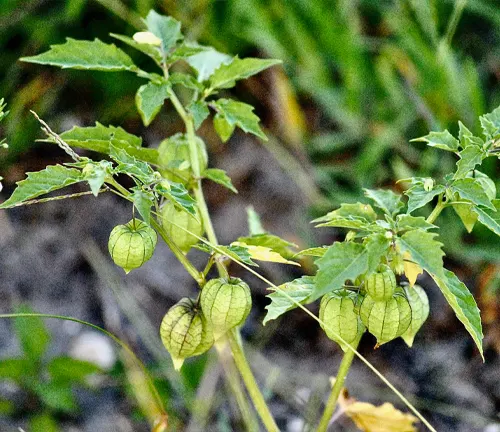
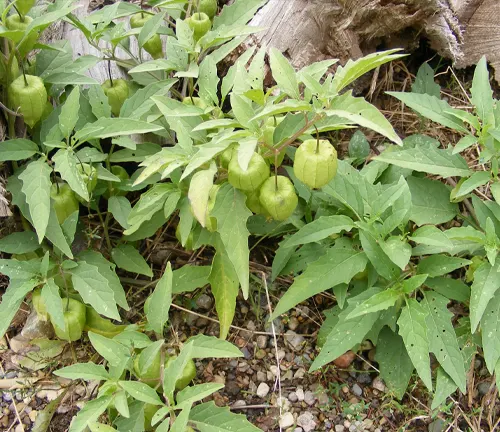
Physalis longifolia
(Longleaf Groundcherry)
This species is found in North America and is known for its elongated leaves and small, yellow fruits.
Physalis pubescens
(Hairy Groundcherry)
Native to South America, this species has hairy stems and produces small, edible fruits.

Frequently Asked Questions (FAQs)
- What is the Chinese Lantern Plant?
The Chinese Lantern Plant, scientifically known as Physalis alkekengi, is a perennial plant known for its unique lantern-like seed pods and attractive appearance. - How do I grow Chinese Lantern Plants?
Chinese Lantern Plants prefer well-draining soil and can thrive in partial shade to full sun. They can be grown from seeds or propagated through division. - When do Chinese Lantern Plants bloom?
Chinese Lantern Plants typically bloom in late summer to autumn, with their lantern-like seed pods becoming most vivid during this period. - Are Chinese Lantern Plants edible?
While the lantern-like seed pods are not typically consumed, some species of Physalis are edible, like the tomatillo (Physalis philadelphica) and Cape Gooseberry (Physalis peruviana). - Are Chinese Lantern Plants invasive?
Some species of Physalis can be invasive in certain regions. It’s important to check local regulations and choose non-invasive varieties. - What is the significance of Chinese Lantern Plants in gardens?
Chinese Lantern Plants add a unique and captivating element to gardens with their lantern-like seed pods, making them a popular choice for ornamental purposes. - How do I dry Chinese Lantern seed pods for decorations?
To dry Chinese Lantern seed pods, harvest them when they are fully mature, remove any excess foliage, and hang them upside down in a dry, dark place. They can be used in decorative arrangements. - Are Chinese Lantern Plants easy to care for?
Chinese Lantern Plants are generally low-maintenance and easy to care for. They require moderate watering and occasional pruning to control spreading. - Can Chinese Lantern Plants be grown in containers?
Yes, Chinese Lantern Plants can be grown in containers, making them suitable for smaller gardens or patios. Ensure the container has proper drainage. - What is the ecological significance of Chinese Lantern Plants?
Chinese Lantern Plants provide food and habitat for wildlife, including birds and insects. Their root systems also contribute to soil stabilization, helping prevent erosion. - Is the Chinese Lantern Plant toxic?
While Chinese Lantern Plants are not typically considered highly toxic, the consumption of their fruit is not recommended. As with any plant, it’s best to avoid ingestion and keep them out of reach of children and pets. - Where can I buy Chinese Lantern Plant seeds or plants?
You can find Chinese Lantern Plant seeds or plants at local nurseries, garden centers, or through online gardening retailers. Ensure you choose a reputable source for quality plants.


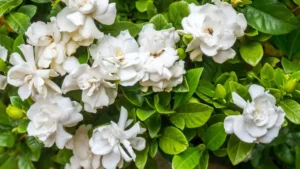
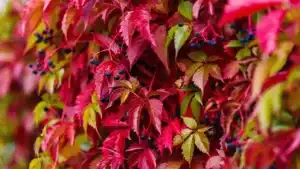
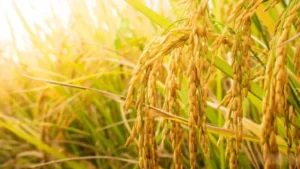
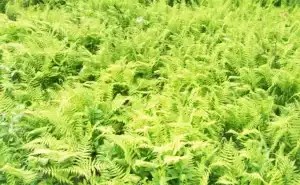


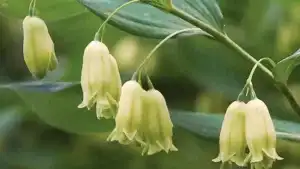
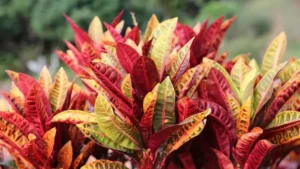
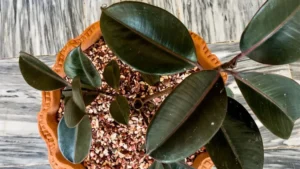
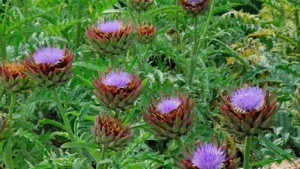
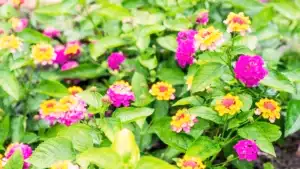
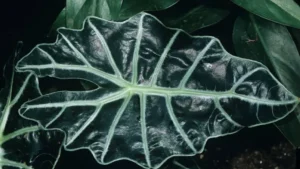
Leave your comment